Through the Conway Stewart Karyoubinga, maki-e artist Kagaku-san brings a very traditional interpretation of an important figure in Japanese mythology into the modern world.
Fans of the fine art of Japanese maki-e would have heard of Mr. Koichiro Okazaki, or at least have seen some of his works. Known commonly by the pseudonym Kogaku- san, his art is admired by collectors and investors worldwide.
Among the accolades he has received is the award of Kao (his authorized monogram) from the prestigious Kuda Munenori of Sado Omote School, as well as having his works showcased at several national urushi-related exhibitions.
In collaboration with Conway Stewart, Kogaku-san created the maki-e collection of Karyoubinga, or 'the Celestial Maiden'.
The mythical character Karyoubinga is a heavenly being that appears in several forms. Fond of playing music, dancing, and singing, Karyoubinga is often depicted in Buddhist paintings, ritual robes, murals and even temple decorations.
On the Conway Stewart writing instrument, Kogaku-san's art is inspired by an illustration of Karyoubinga found in relics housed in Japan's Shosoin Temple in Nara. The 'temple' in its actual function is an imperial storehouse, and is very much a time capsule that holds nearly 9,000 items from the 7th and 8th centuries.
In his interpretation, Kogaku-san's Karyoubinga is an ethereal being with the head of a beautiful woman and the body of a bird. She spends much of her time in paradise singing and teaching in her melodious voice, and dancing.
To achieve perfection in his stunning interpretation of the Karyoubinga, Kogaku-san used a mix of the different maki-e techniques in an extremely labour-intensive process.
In the first step, Kogaku-san used the Bokashi maki-e, which involves a shading technique where two kinds of gold powder are graduated through bamboo. Using a very steady and trained hand, the artist sprinkles gold dust on the wet urushi lacquer to create the first outlines of his painting. Next, he applies the art of Hirame Ishimeji, where large pieces of gold foil are sprinkled over the wet urushi lacquer, following which a transparent urushi lacquer is applied and then burnished.
In the following Togidashi maki-e process, the artist uses a repetition of painting, powder sprinkling and burnishing in order to create a design on the lacquer surface. He then uses the Tsukegaki technique where heavy, raised lines of gold lacquer are dusted on to add definition to the design.
At this point, the artist will decorate the pen using the Kirigane technique where he will apply small squares of gold and silver foil on the lacquer surface. In the finishing step, a clear orange natural urushi lacquer is painted on to secure the colours for durability.
Through the Conway Stewart Karyoubinga, Kagaku- san brings a very traditional interpretation of an important figure in Japanese mythology into the modern world. The figure of Karyoubinga stands against the shimmering gold powder on the pen cap, while birds and floral motifs accompany her on the pen barrel. In all, the art piece evokes a feeling of lightness and harmony.
Each Karyoubinga pen carries Kogaku-san's signature, along with the coveted Red Seal signature that signifies the highest level of maki-e art. Karyoubinga is a limited edition collection of 25 fountain pens worldwide available in nib grades of extra fine to extra broad, italic fine, italic medium, and italic broad. Each employs a converter cartridge filling mechanism.
See link here to view original publication.



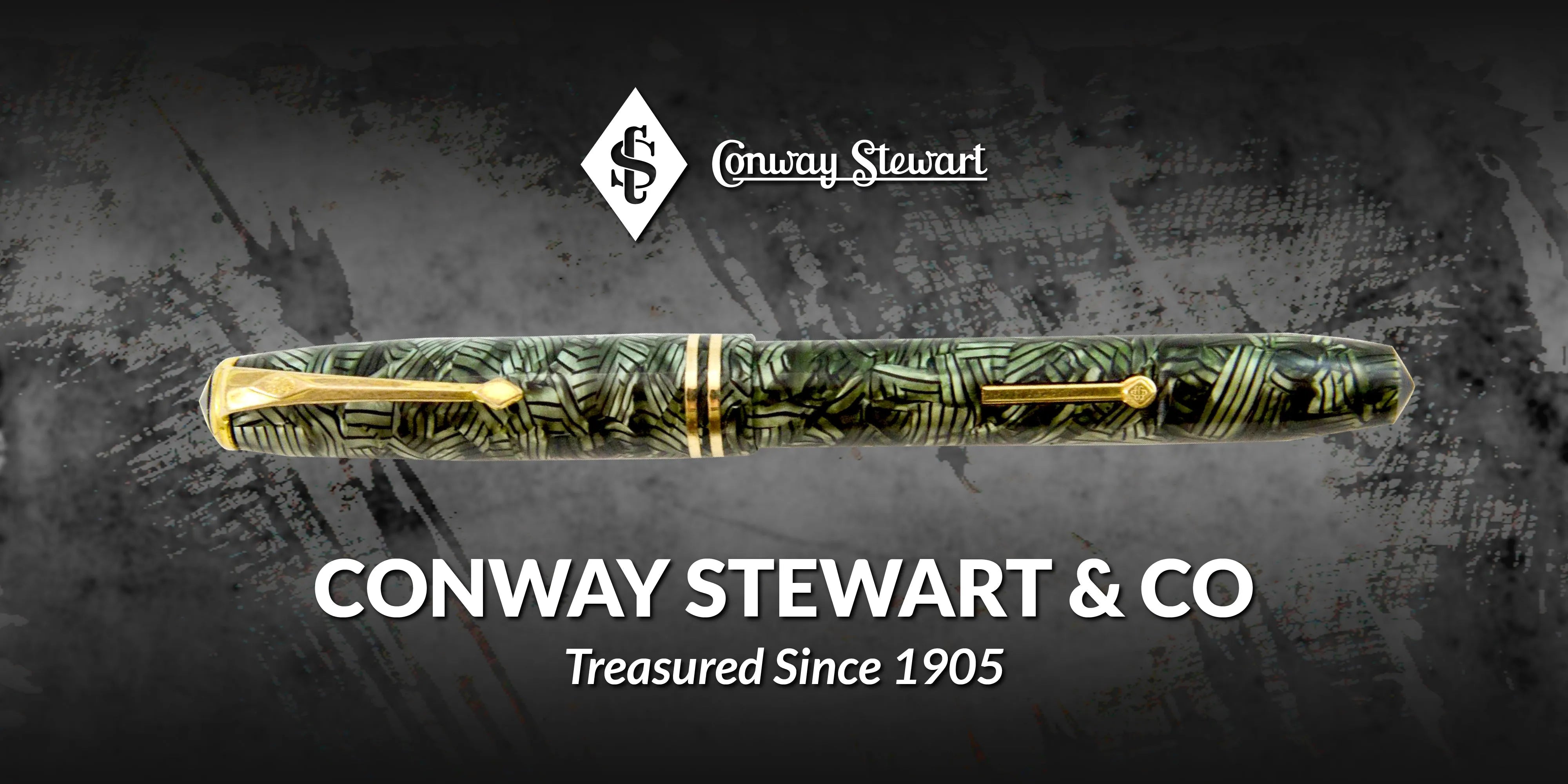
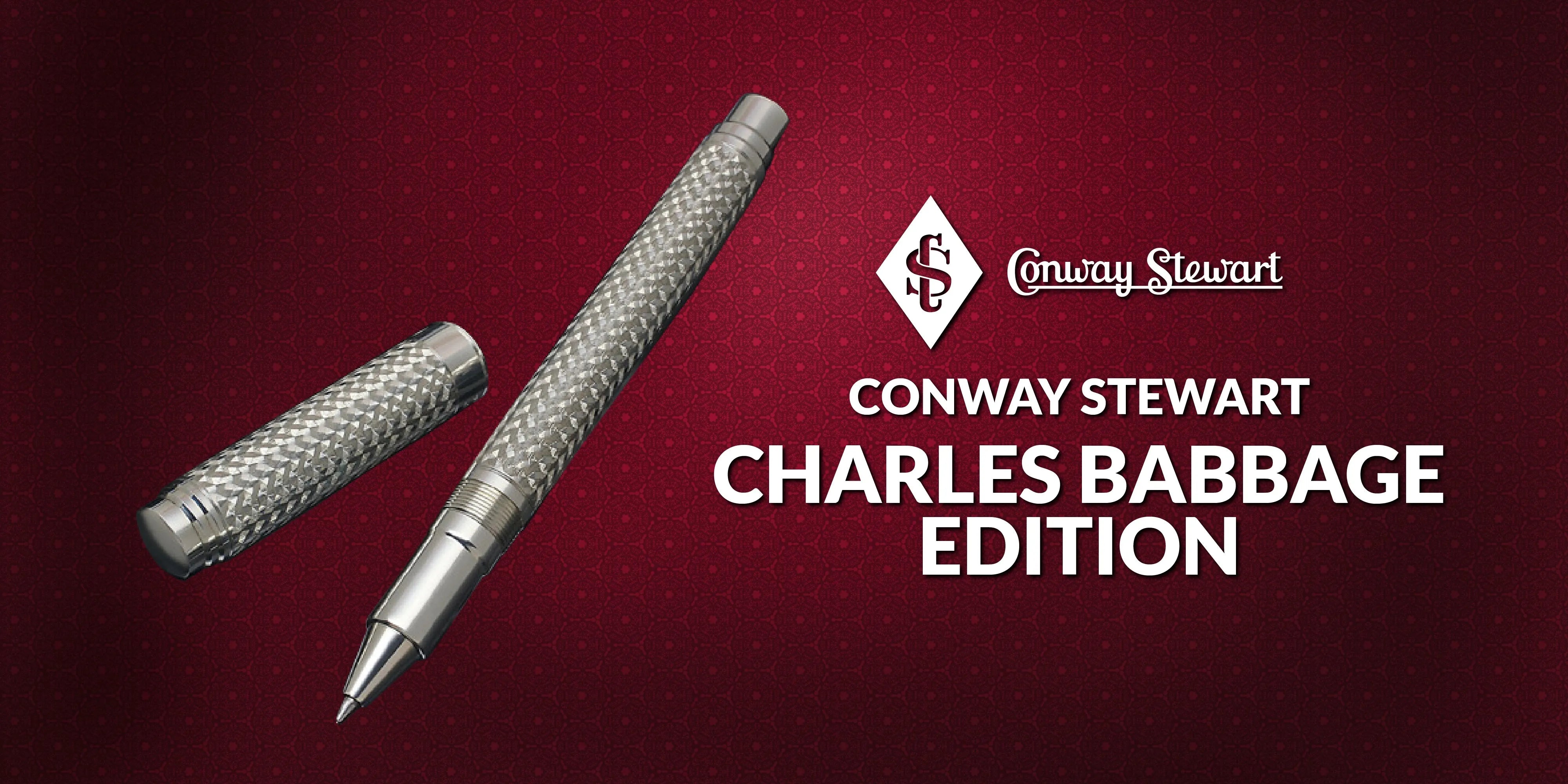


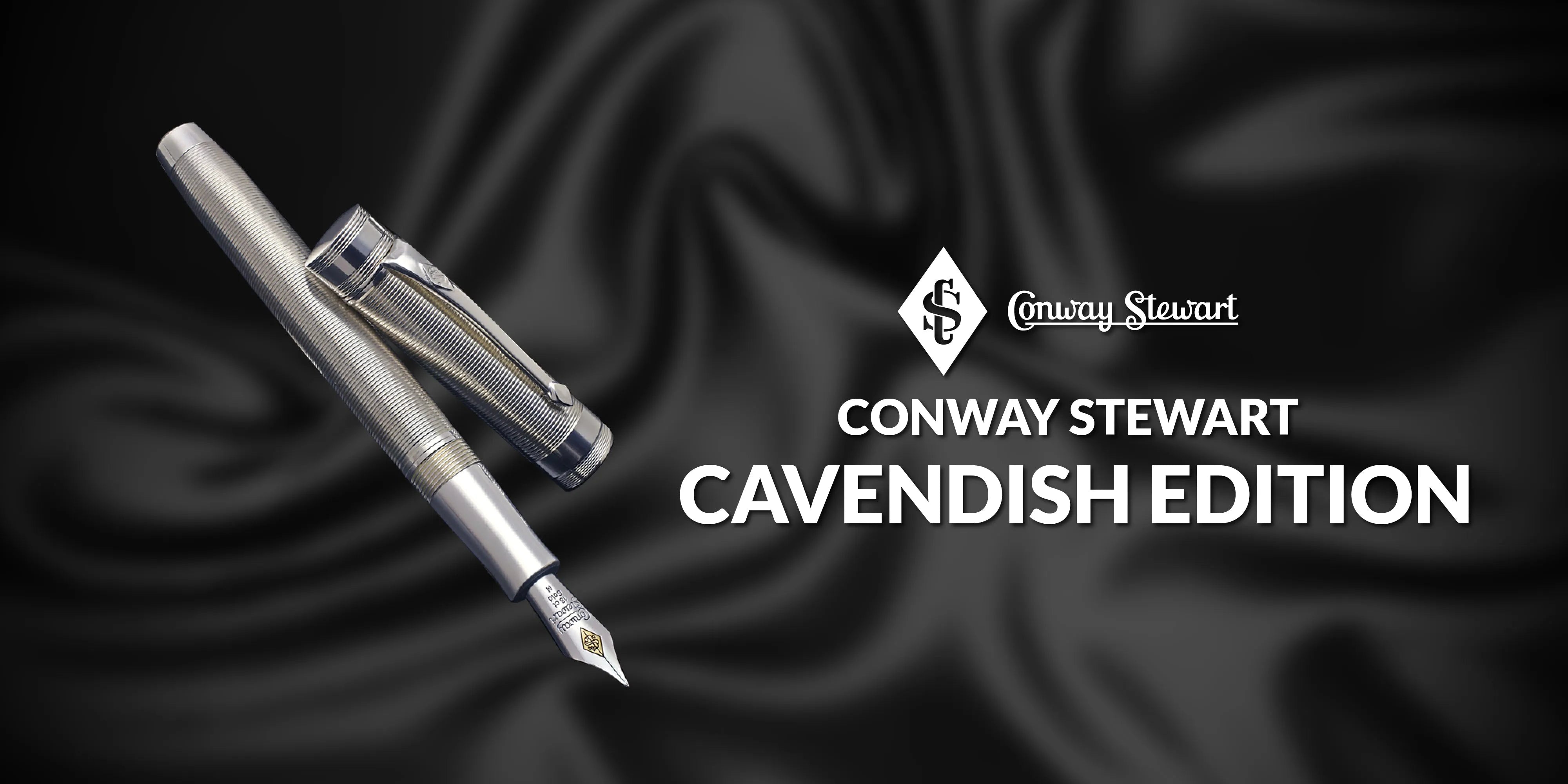
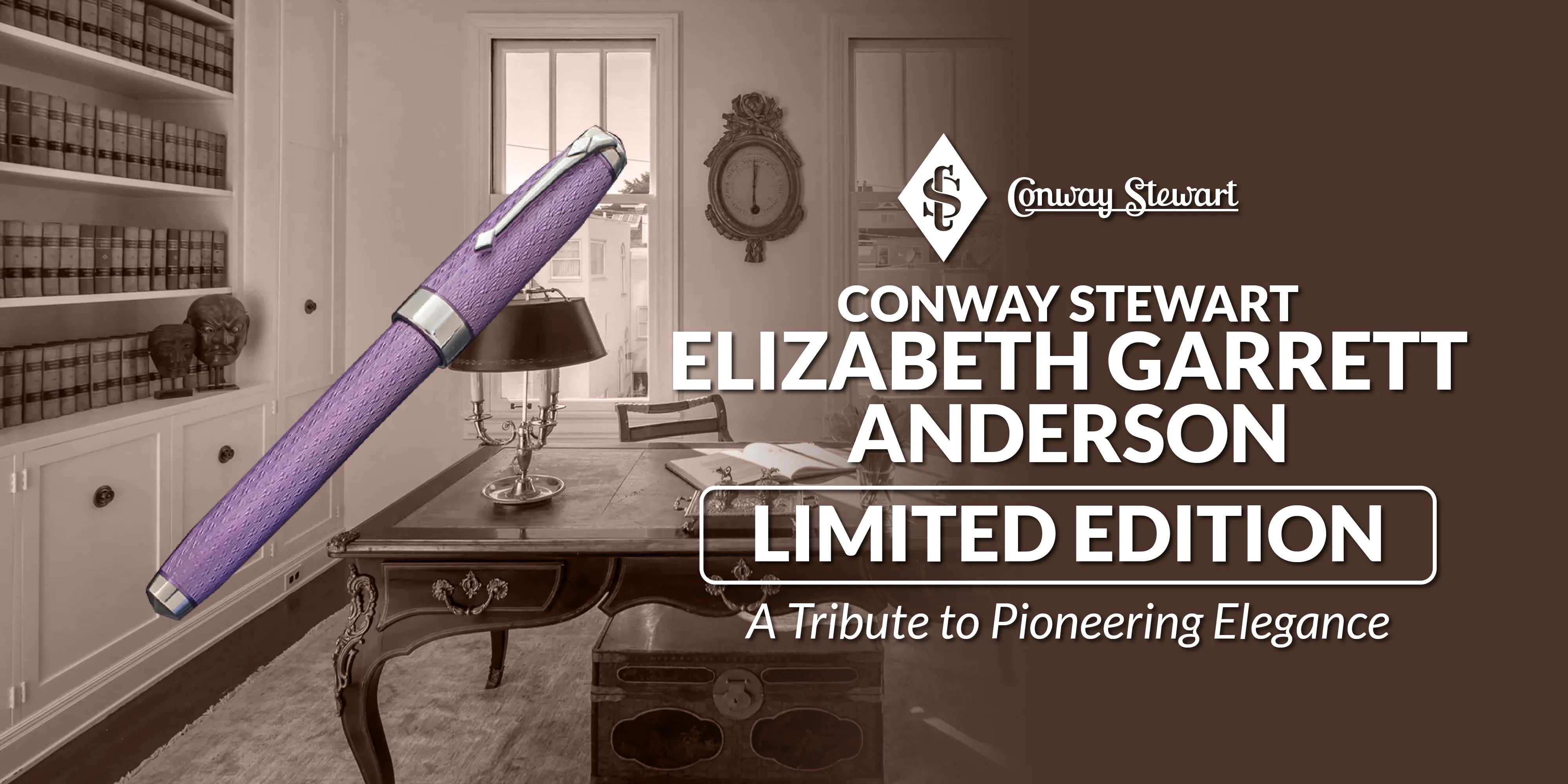

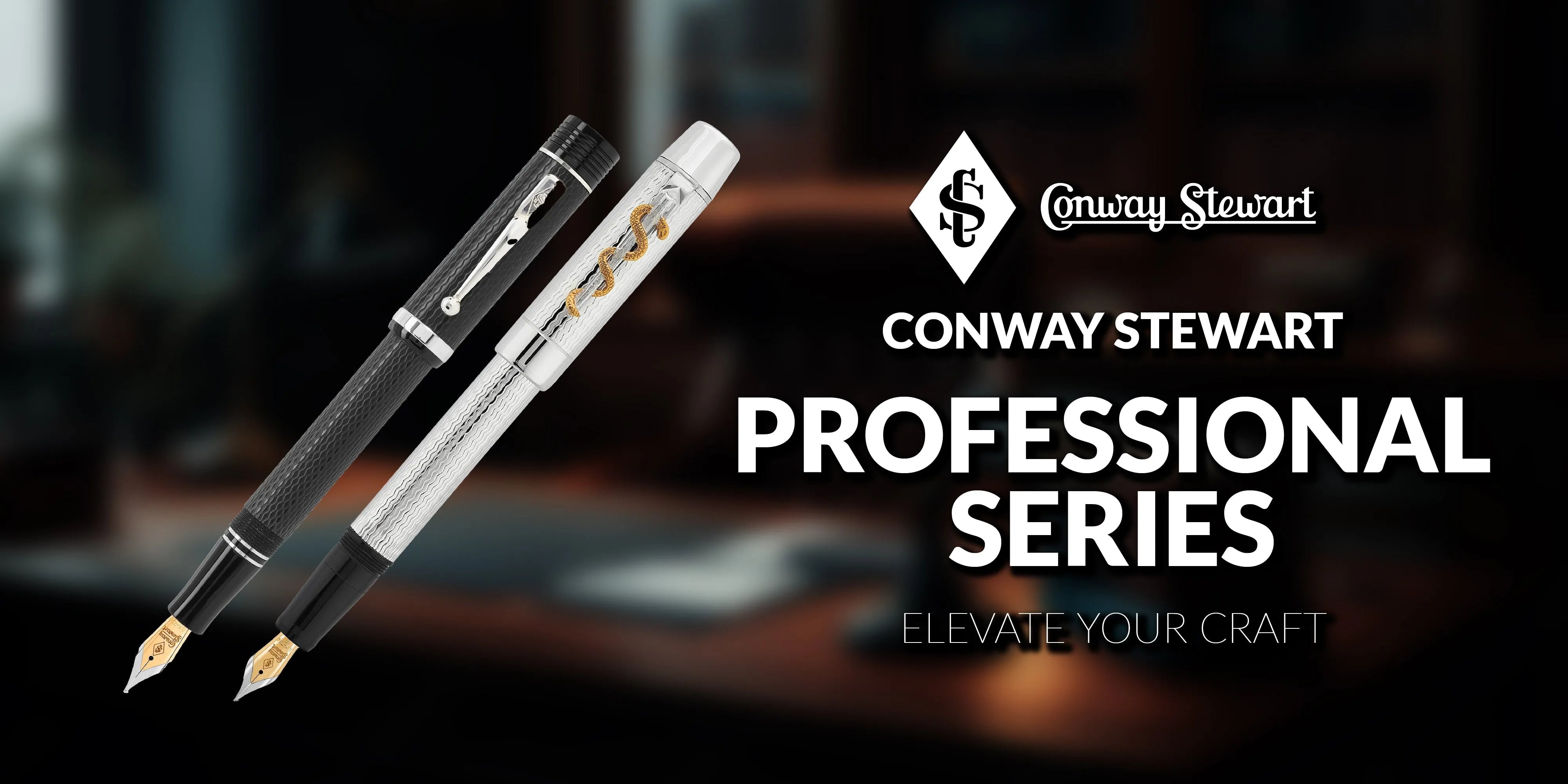
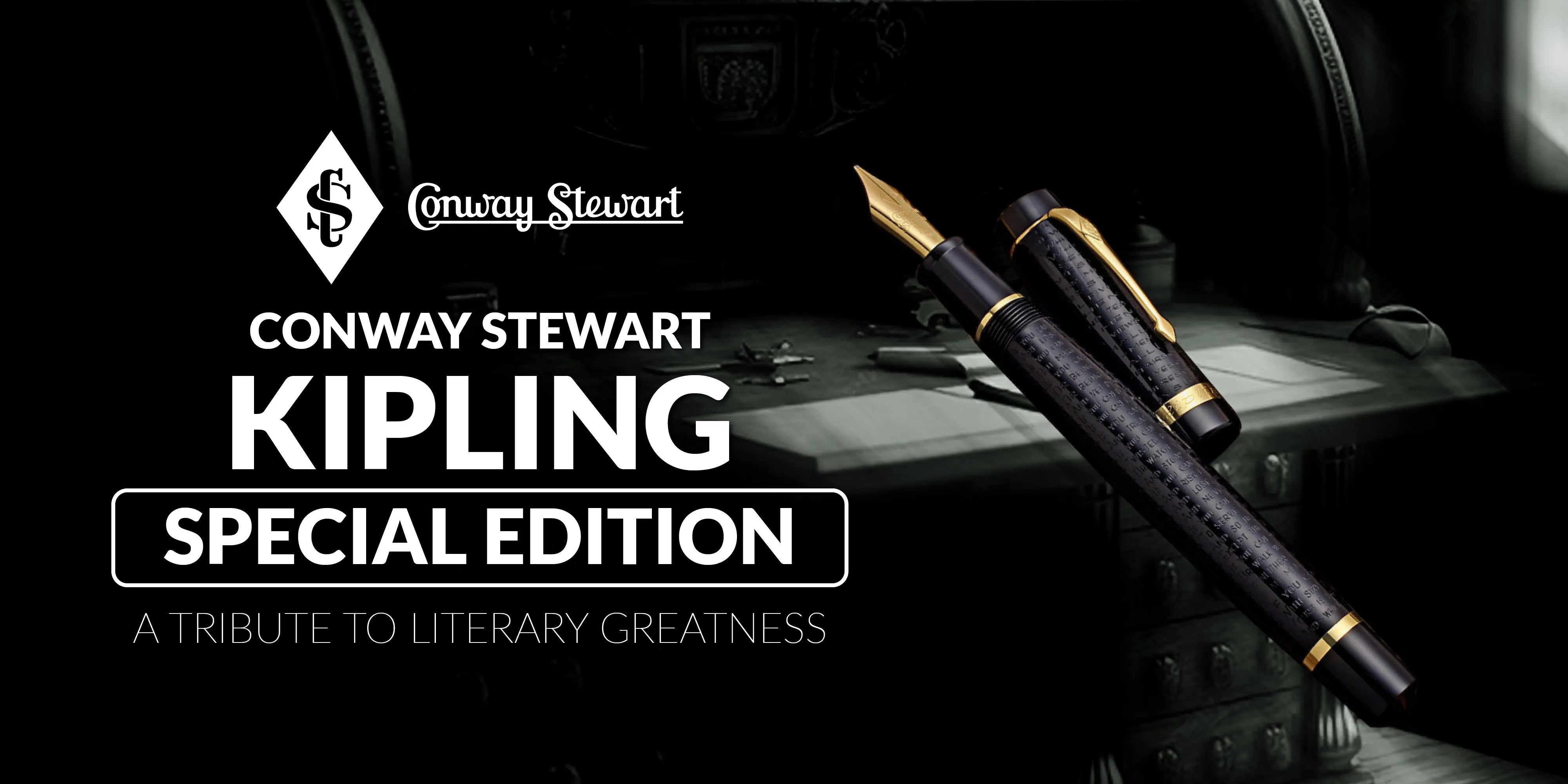
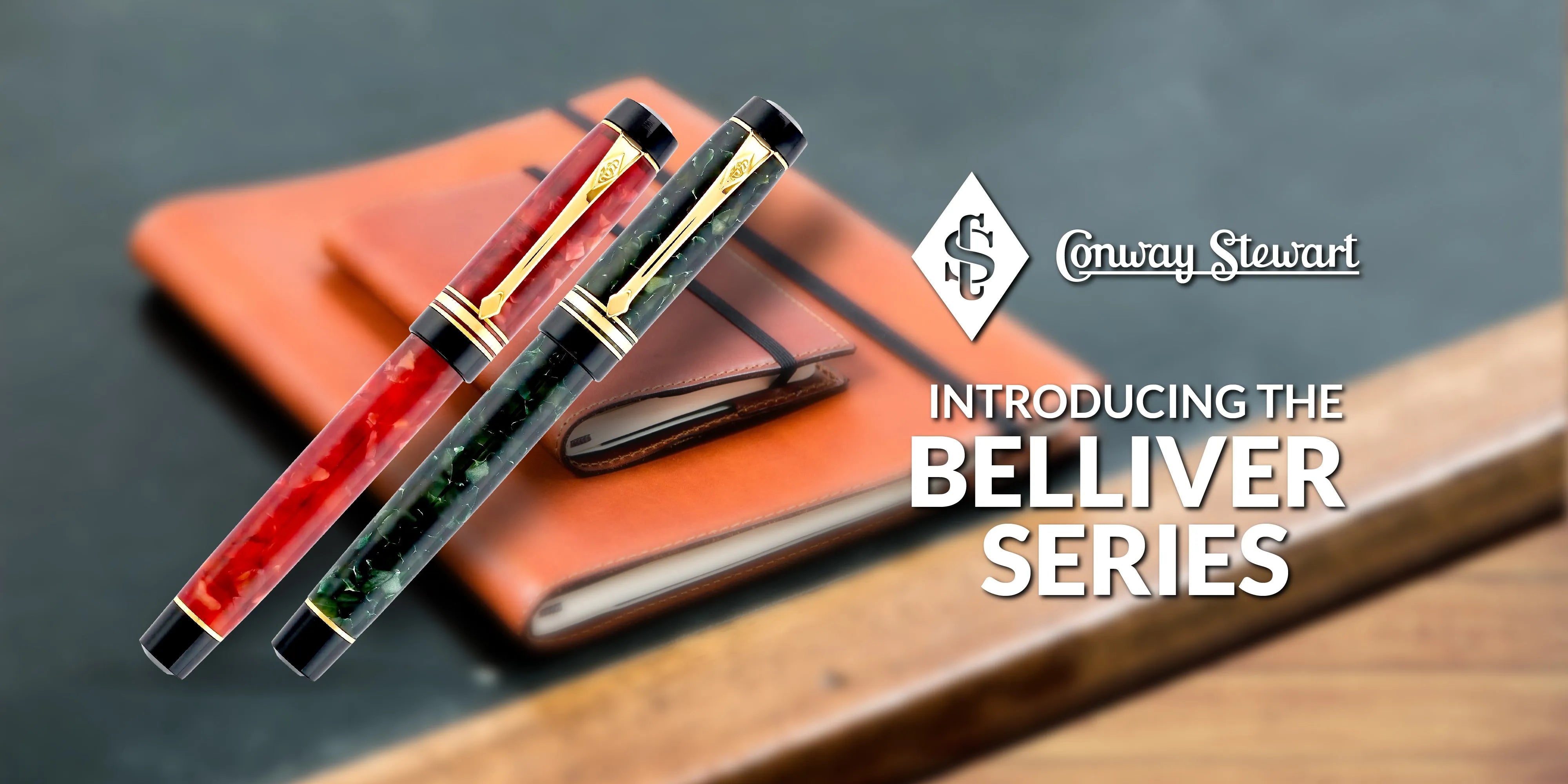

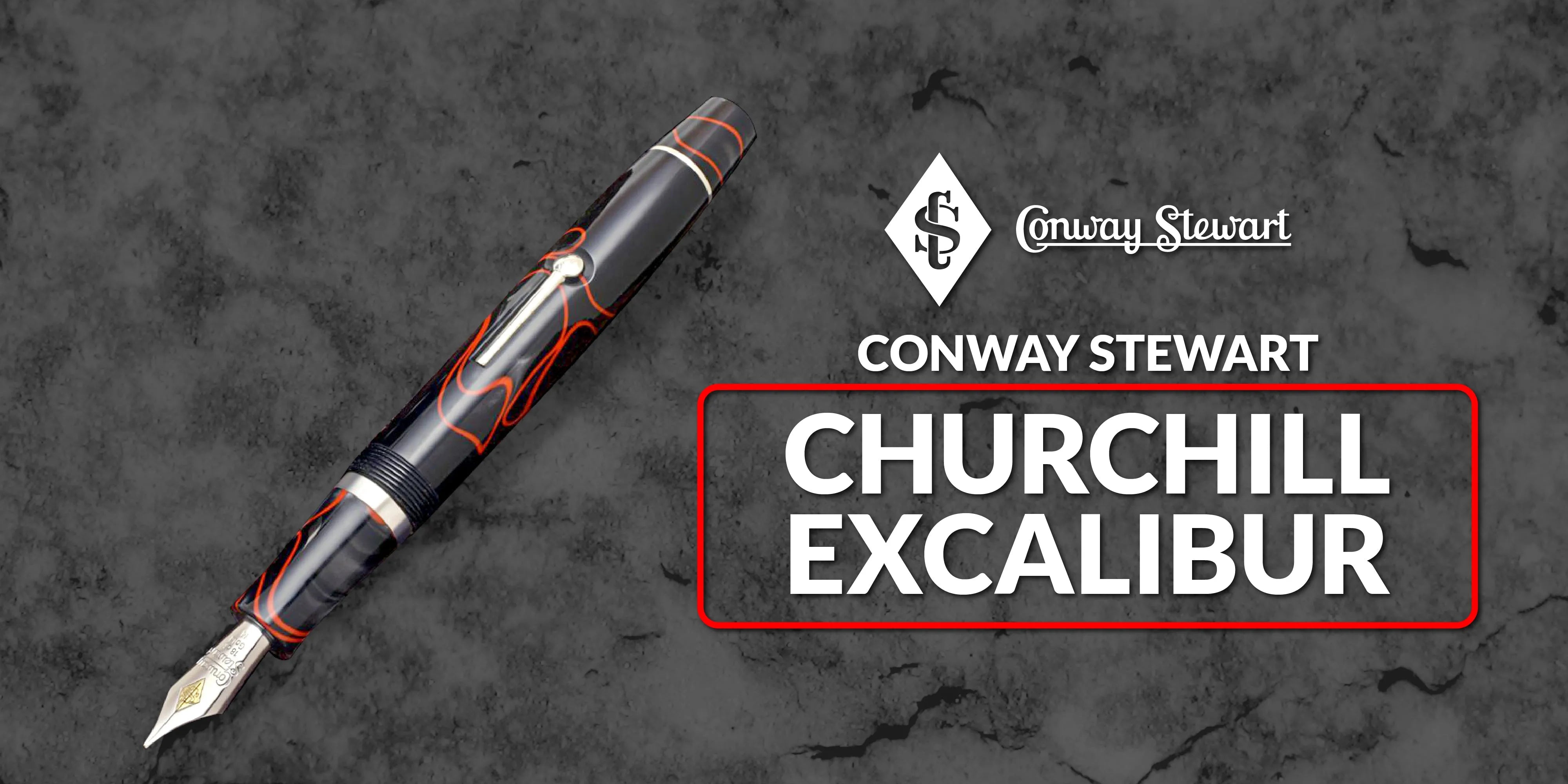
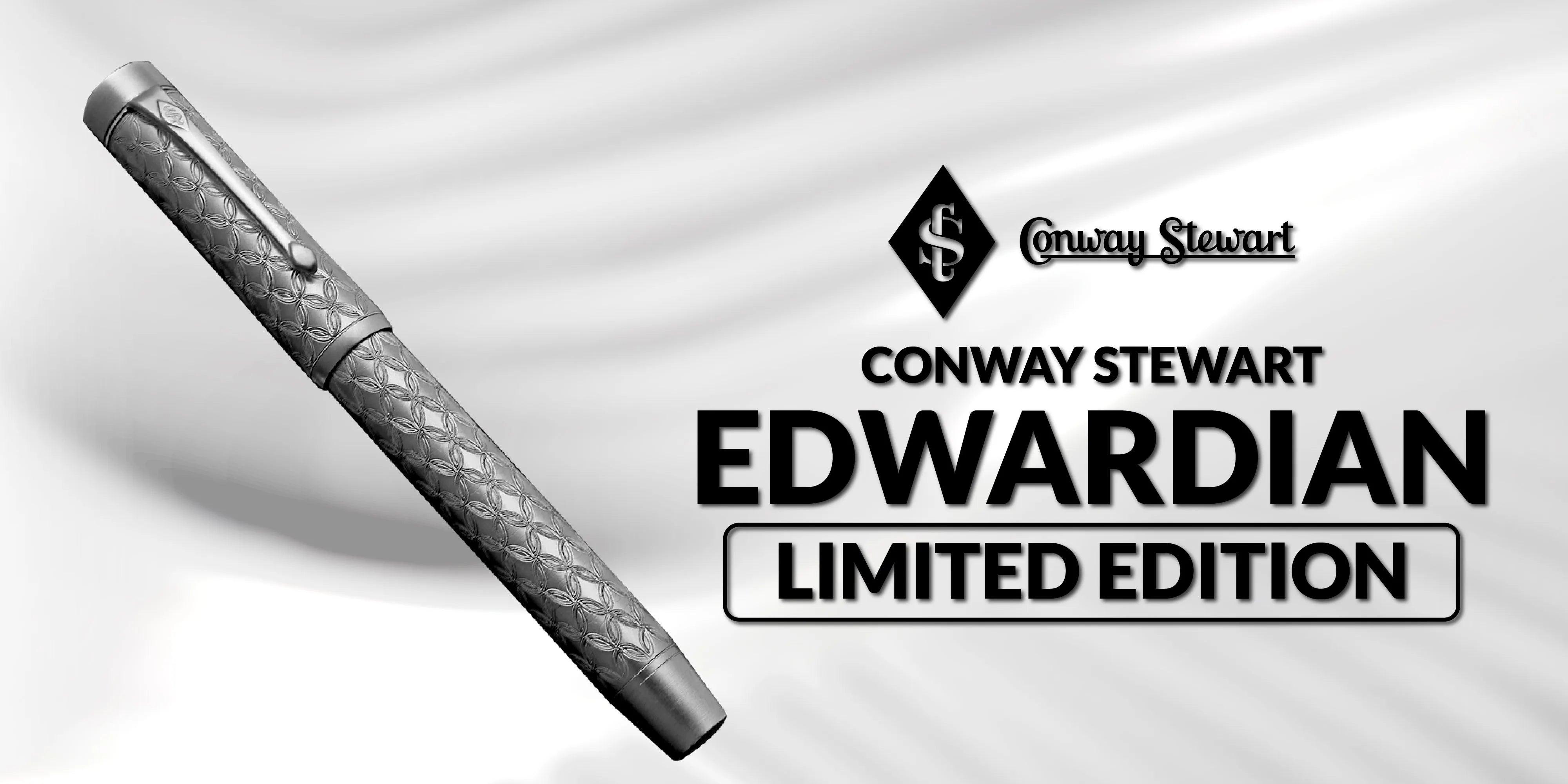
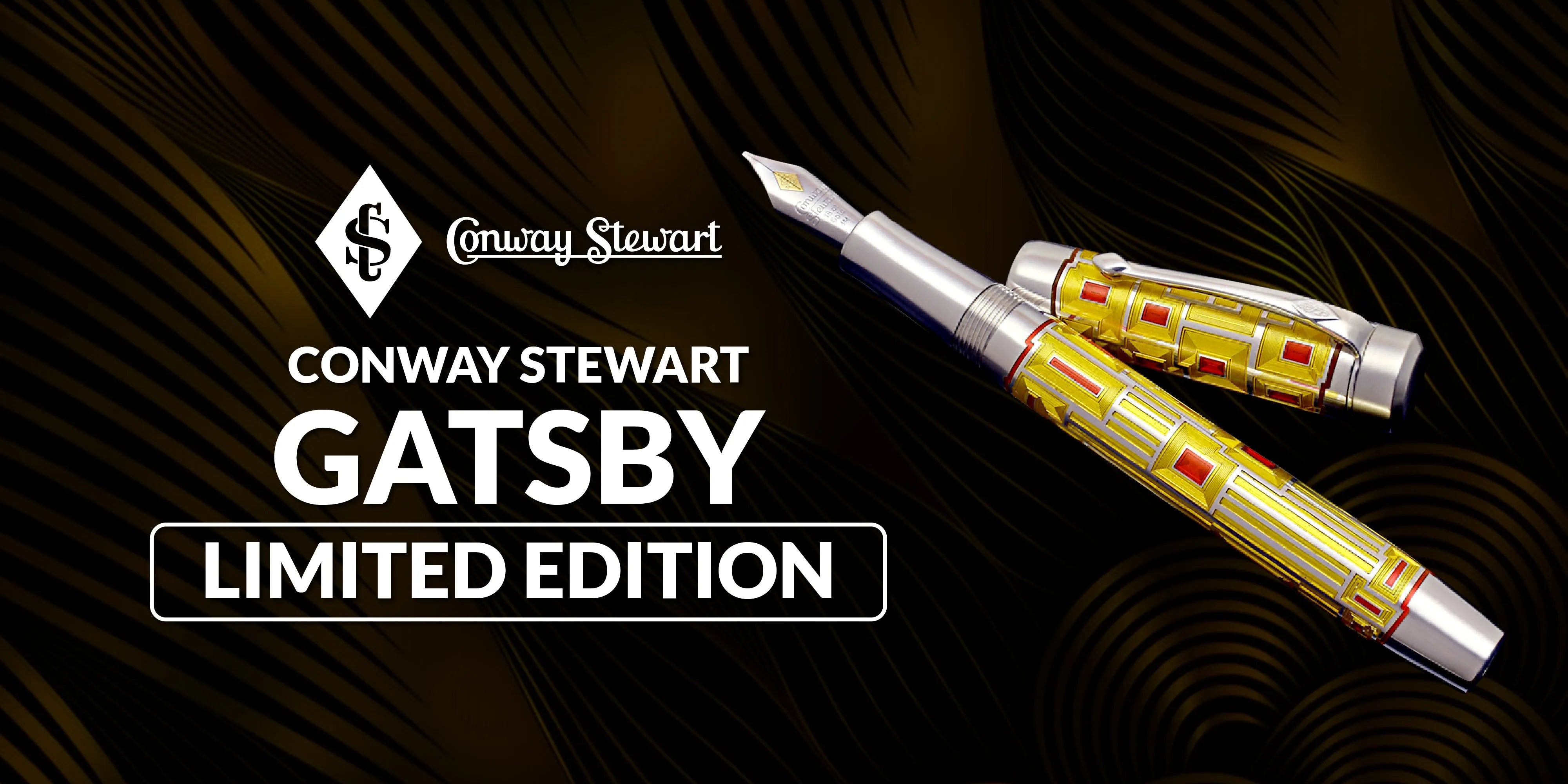

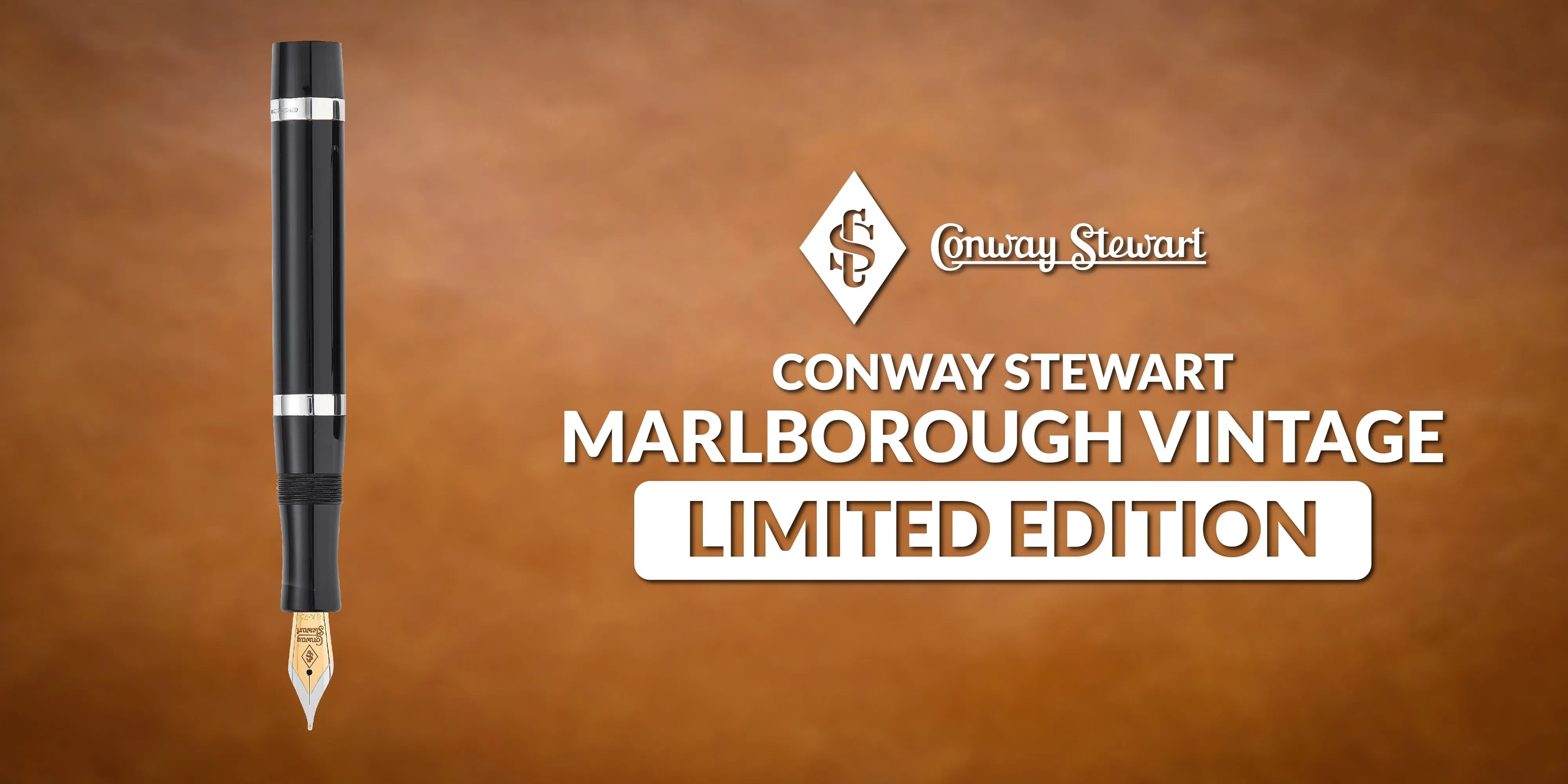


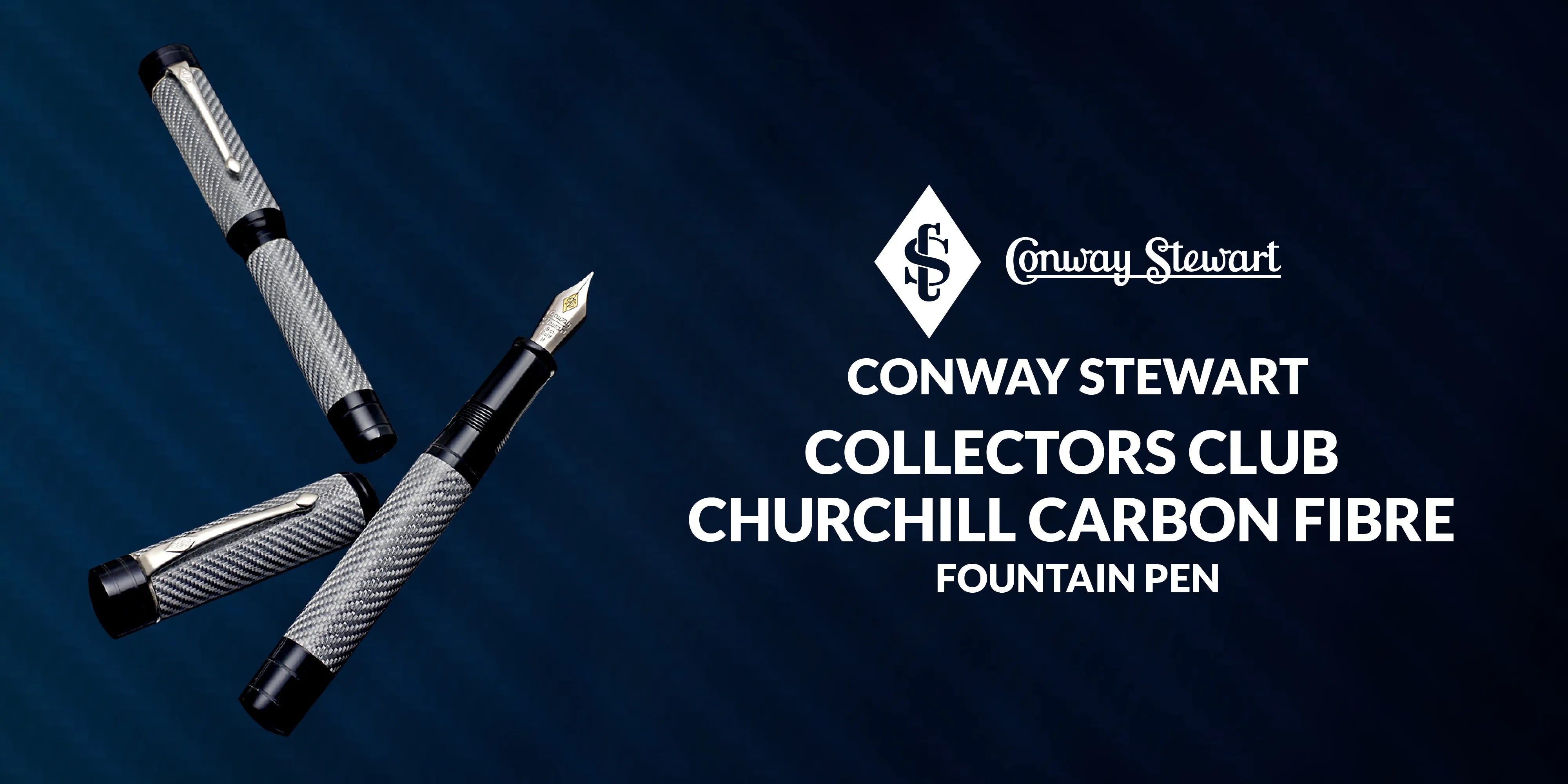
Leave a comment